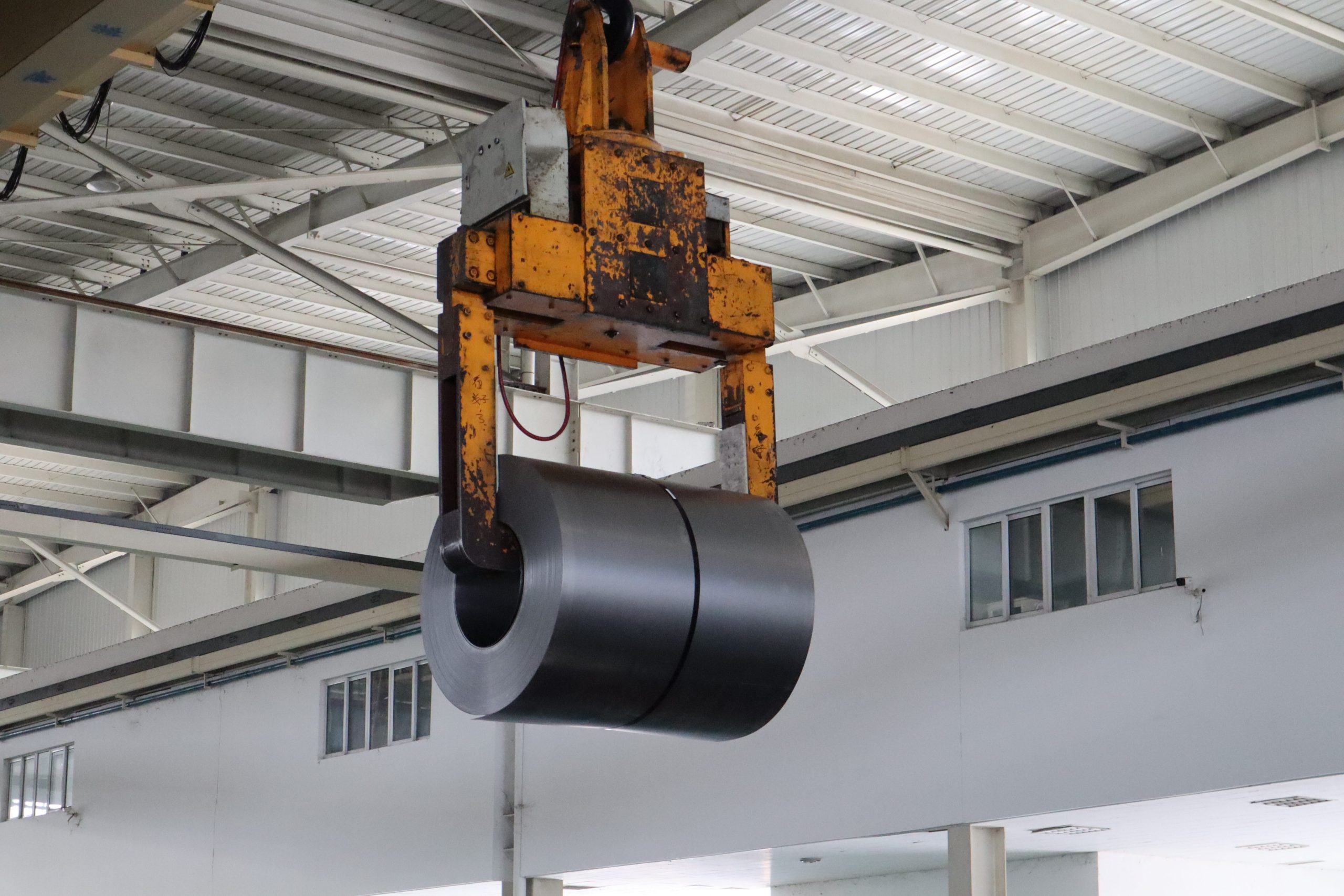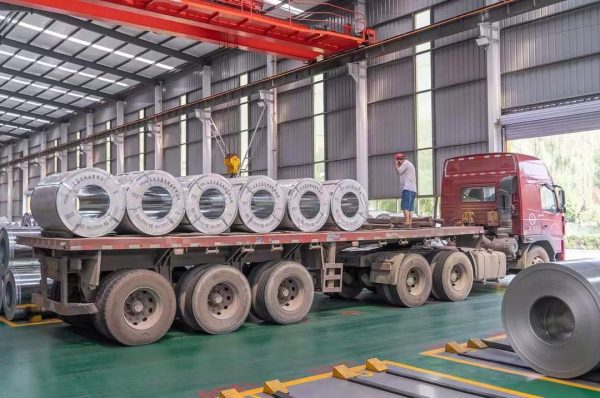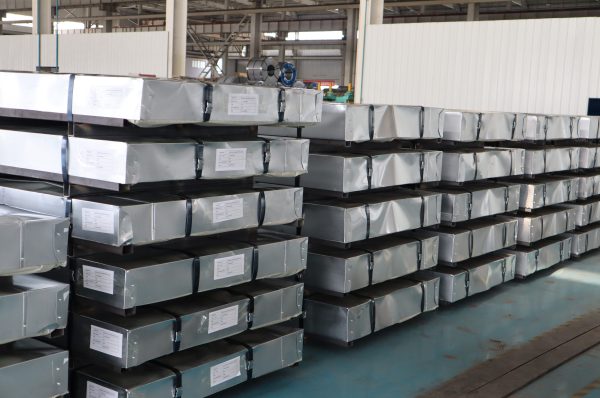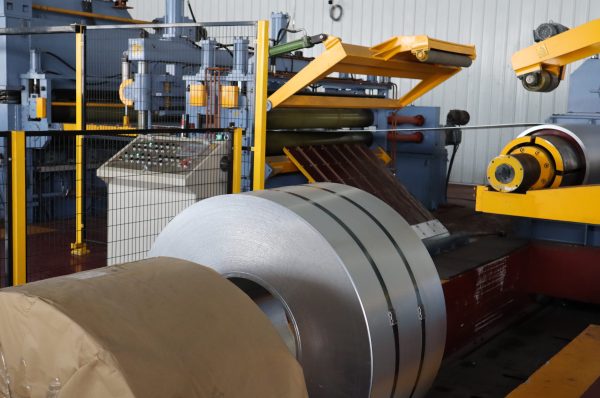The steel industry, a cornerstone of global infrastructure and manufacturing, is currently undergoing significant transformations influenced by various factors, including geopolitical tensions, environmental regulations, and technological advancements. Recent news highlights how these elements are reshaping the steel market, presenting both challenges and opportunities for stakeholders across the industry.
1. Geopolitical Tensions and Trade Policies
Recent geopolitical tensions, particularly between major steel-producing nations like the U.S., China, and the European Union, have had a profound impact on the steel market. Trade policies and tariffs have been a significant point of contention. For instance, the U.S. has implemented tariffs on steel imports to protect its domestic industry from what it views as unfair competition. These measures aim to reduce the influx of foreign steel and boost local production, but they have also led to increased steel prices and supply chain disruptions.
China, as the world’s largest steel producer, has faced scrutiny over its export practices and state subsidies. The country’s move to cut steel production to meet environmental goals has further influenced global steel prices. Reduced production in China, combined with its policies on steel exports, has caused fluctuations in global steel supply and pricing, impacting industries reliant on steel worldwide.
2. Environmental Regulations and Sustainability
The steel industry is one of the largest industrial sources of carbon emissions, making it a focal point in the global push towards sustainability. Governments and organizations are increasingly imposing stringent environmental regulations to curb emissions and promote green practices. For example, the European Union has introduced stricter emissions standards under its Green Deal, pushing steel producers to adopt cleaner technologies and reduce their carbon footprint.
Several steel manufacturers are responding by investing in innovative technologies like hydrogen-based steelmaking, which promises to significantly cut CO2 emissions. The development and adoption of these technologies are not only crucial for regulatory compliance but also present new business opportunities. Companies that lead in sustainable practices may gain competitive advantages and access to new markets that prioritize eco-friendly products.
3. Technological Advancements and Digital Transformation
Technological advancements are driving significant changes in the steel industry. The adoption of Industry 4.0 technologies, including automation, data analytics, and artificial intelligence, is revolutionizing steel production. These technologies enhance efficiency, reduce waste, and improve product quality.
For instance, automation in steel mills has streamlined production processes, leading to higher precision and lower operational costs. Data analytics provides valuable insights into production performance, enabling proactive maintenance and reducing downtime. Additionally, digital transformation is improving supply chain management, allowing for better forecasting and inventory control.
Steel producers are also exploring new materials and processes, such as advanced high-strength steels (AHSS) and electric arc furnace (EAF) technologies. These innovations cater to evolving market demands, including increased strength requirements and reduced environmental impact.
4. Market Demand and Supply Chain Disruptions
The steel industry is experiencing fluctuating demand driven by global economic conditions and sector-specific needs. The construction and automotive sectors, major consumers of steel, have shown varying demand patterns due to economic uncertainties and changing consumer preferences.
Supply chain disruptions, exacerbated by the COVID-19 pandemic, have also impacted steel availability. Logistics challenges, including shipping delays and raw material shortages, have led to increased steel prices and supply uncertainties. Companies are adapting by diversifying their supply chains and investing in local production capabilities to mitigate risks.
5. Global Trade Dynamics and Economic Recovery
As the global economy recovers from the pandemic, the steel industry is poised to benefit from increased infrastructure projects and industrial activity. Governments worldwide are investing in large-scale infrastructure programs to stimulate economic growth, which will drive steel demand. However, the industry must navigate complex trade dynamics and geopolitical uncertainties to capitalize on these opportunities.
Conclusion
The steel industry is at a crossroads, influenced by geopolitical shifts, environmental regulations, technological advancements, and market dynamics. As the world moves towards a more sustainable and technologically advanced future, the steel industry must adapt to these changes while addressing challenges such as supply chain disruptions and fluctuating demand. By embracing innovation and sustainability, steel producers can position themselves for long-term success in a rapidly evolving market.




